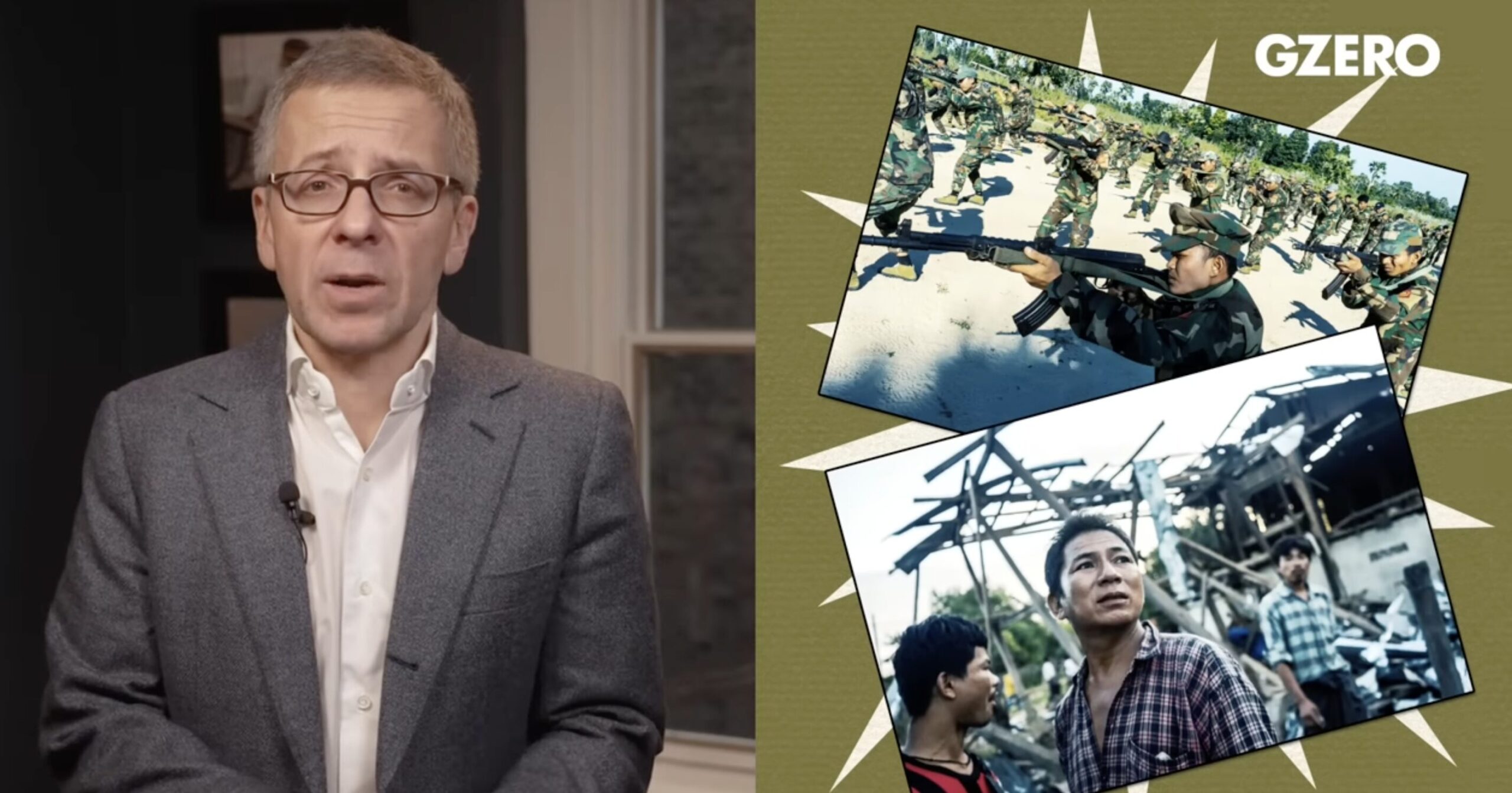
Peter Zeihan: Europe Goes Nuclear
We’ve got two major developments in Eurasia. We’re talking about Ukraine disabling two ships in the Caspian Sea and Poland getting EU approval to build…
Thought Leader: Peter Zeihan

The writer is former Chair of the FDIC and former Assistant Secretary of the U.S. Treasury for Financial Institutions.
Suspense mounts over who will be the next Federal Reserve Chair. Washington’s smart money is betting on Jay Powell’s reappointment. But it’s a close horse race. Lael Brainard, a well-regarded Fed Governor who has served at Powell’s side for the past seven years, is running a strong second.
The financial media are mostly siding with Powell in the name of continuity, while others, like me, are distressed at Powell’s record on regulation and are supporting Brainard. She is astute, smart, and one of the few who understands the intricate complexities of financial regulation and the pockets of systemic vulnerability that could prove problematic should the Fed have to raise rates to combat inflation.
Anyone can raise interest rates. The hard part is knowing when to do so and how to do so without triggering financial disruption. To meet that challenge, Brainard has far superior qualifications.
Brainard is a Harvard-trained Ph.D economist — unlike Powell, who is a lawyer with a finance background. As such, Brainard is better equipped to analyze and interpret underlying inflationary trends. Some fear she would be too soft on inflation. They should read her comments in September 2018 when labor markets were tightening. Not only did she support gradual rate increases, but she suggested more aggressive hikes might be necessary. She reasoned that “stable inflation expectations is one of the key achievements of central banks in the past several decades, and we would defend it vigorously.” Her vigilance on inflation is not surprising. She once oversaw international affairs at the U.S. Treasury Department and observed, firsthand, the impact that runaway inflation had on the economies of developing countries.
Brainard saw the devastation of our own economy when monetary accommodation was married with regulatory laxity, as it was during the years leading up to the Great Financial Crisis of 2008 and 2009. While Powell was working in private equity, Brainard was at the Treasury working to clean up the crisis. This explains her determination to preserve post-Financial Crisis reforms, repeatedly dissenting from deregulatory measures taken under Powell that loosened capital requirements and prohibitions on risky proprietary trading under the Volcker Rule.
She also saw the peril to the real economy when interest rates rise and the financial system is unstable. The rate hikes that preceded the Great Financial Crisis popped the housing bubble and precipitated massive defaults on “payment shock” mortgages unaffordable to borrowers lacking the ability to refinance them. A highly leveraged financial system was unable to absorb the ensuing losses. Synthetic derivatives that stood atop the mortgages magnified the losses many fold. Recession ensued, not because housing markets corrected, but because poor regulation led to consumer distress and a credit contraction. All the while, thinly capitalized, large financial institutions teetered on the brink of failure.
We are fortunate that today the system is much more resilient. Again, that is due in no small part to Brainard, whose vocal dissents helped shelve some of the worst deregulatory proposals. Nonetheless, asset valuations and leverage, particularly in the corporate sector, remain at historic highs. Large banks will be at risk from falling values on their collateral and trading book assets, as well as defaults by overly indebted borrowers. Brainard understands these risks. She has overseen the Fed’s financial stability work, stewarding a semi-annual report that has repeatedly called out the dangers of elevated assets valuations. She also understands the regulatory tools at the Fed’s disposal to protect against these dangers, including boosting capital requirements with a countercyclical capital buffer.
Powell seems to view regulation as something to be delegated to the vice chair of supervision — rather than an essential tool that complements the conduct of monetary policy. He heavily deferred to Randy Quarles, who held that position until his term expired last month — and who will be leaving the Fed at the end of the year. But as the late Paul Volcker, the legendary inflation-fighter, once wrote:
“[T]he basic lesson for monetary policy…demands emphasis on price stability and prudent oversight of the financial system. Both of those requirements inexorably lead to the responsibilities of a central bank.”
Brainard understands this. Jerome Powell does not. He has many fine qualities and we can be grateful for his leadership during the pandemic — when massive interventions by the Fed helped prop up the economy. But his only experience is in filling the punch bowl. He has never been tested by the far more difficult task of taking it away. Brainard’s training, past experience, and demonstrated commitment to financial stability makes her the far superior choice to help guide the country through the potentially treacherous waters that lie ahead.
Peter Zeihan: Europe Goes Nuclear
We’ve got two major developments in Eurasia. We’re talking about Ukraine disabling two ships in the Caspian Sea and Poland getting EU approval to build…
Thought Leader: Peter Zeihan
Dr. Sanjay Gupta’s Top Health Stories of 2025
From the resurgence of measles to a new way to treat pain, 2025 was a challenge for public health while still offering moments of hope. Sanjay…
Thought Leader: Sanjay Gupta
Ian Bremmer: The state of global conflict in 2025
On GZERO World, Ian Bremmer takes a hard look at the biggest global crises and conflicts that defined our world in 2025 with CNN’s Clarissa…
Thought Leader: Ian Bremmer

